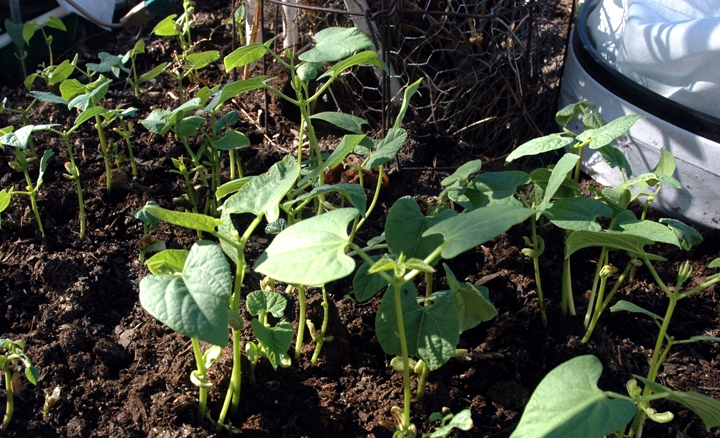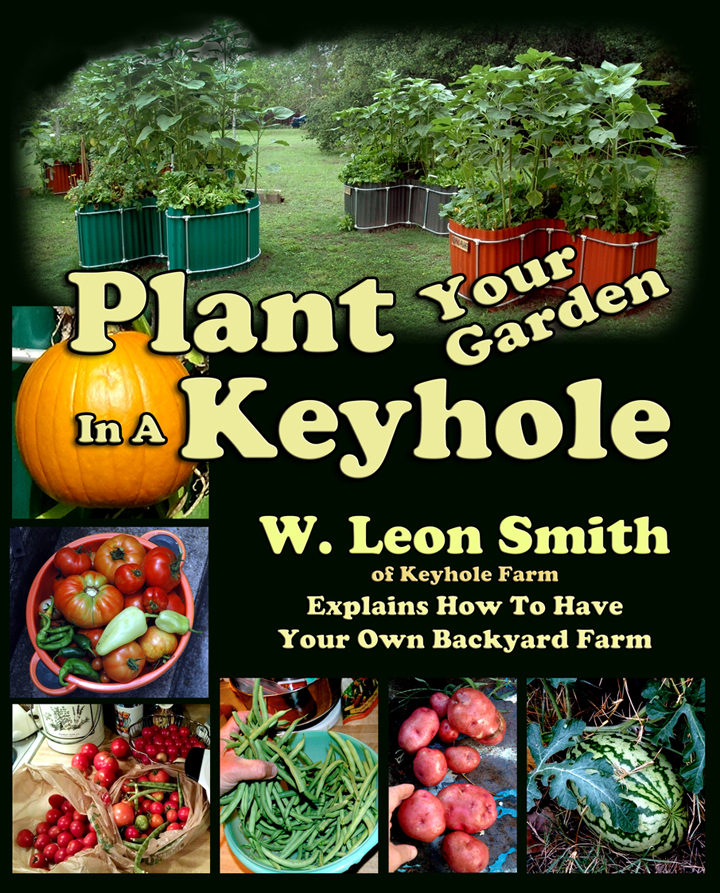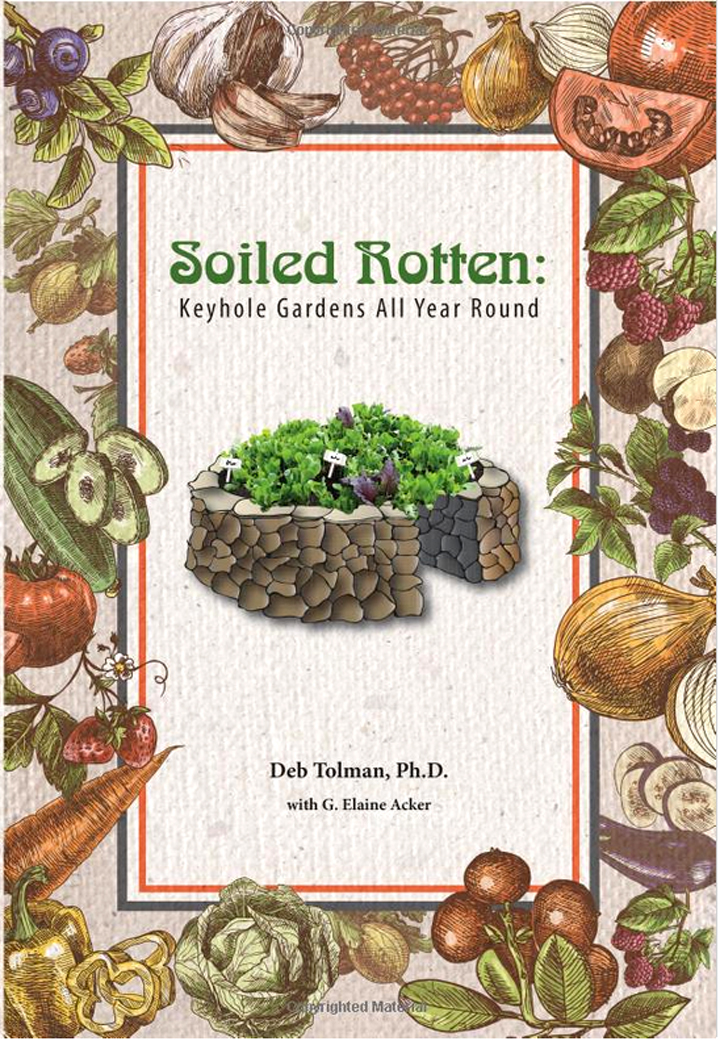 My winter project, explained last month is progressing nicely. I do have some plants coming up, mainly beans and onions, so it appears that the concept works.
My winter project, explained last month is progressing nicely. I do have some plants coming up, mainly beans and onions, so it appears that the concept works.
To me, the downside of this experiment is my having to nearly daily tie and untie the loose cloth bound at the top on each garden to protect the plants from freezes.
 Morning low temperatures have been anywhere from 26 to 40 degrees, more often near 32, so this task is a little burdensome at times. Even when it is predicted that the low will be 35 degrees, I bring up the cloth and tie it.
Morning low temperatures have been anywhere from 26 to 40 degrees, more often near 32, so this task is a little burdensome at times. Even when it is predicted that the low will be 35 degrees, I bring up the cloth and tie it.
The other day, weather forecasters were saying the low would be 33 degrees. It ended up being 27, so it’s better to be safe than sorry.
 An image of some of the plants appears near the top of this update, as is a photo of the gardens with the lights on at night (reprinted from the last update).
An image of some of the plants appears near the top of this update, as is a photo of the gardens with the lights on at night (reprinted from the last update).
 A lot of people are buying my book, Plant Your Garden In A Keyhole, for which I am appreciative. I hope it is useful to them. A link appears in the left column in case anyone is interested.
A lot of people are buying my book, Plant Your Garden In A Keyhole, for which I am appreciative. I hope it is useful to them. A link appears in the left column in case anyone is interested.
Dr. Deb Tolman, Ph.D., who was in many ways the inspiration for the creation of Keyhole Farm, has a new book out, too, entitled Soiled Rotten: Keyhole Gardens All Year Round.
 In her description of the book, she says, “Have your first keyhole garden and want more? Have a family of 5-10 and want to feed them all year round with healthy organic vegetables? Soiled Rotten: Keyhole Gardens All Year Round describes how to get two more khg the community way with a nifty 12-month calendar that details the ins and outs of planting when considering hot composting of the keyhole gardens.”
In her description of the book, she says, “Have your first keyhole garden and want more? Have a family of 5-10 and want to feed them all year round with healthy organic vegetables? Soiled Rotten: Keyhole Gardens All Year Round describes how to get two more khg the community way with a nifty 12-month calendar that details the ins and outs of planting when considering hot composting of the keyhole gardens.”
 A/K/A “Dr. Deb,” she also has a DVD that describes how to build a keyhole garden.
A/K/A “Dr. Deb,” she also has a DVD that describes how to build a keyhole garden.
Several schools and organizations purchased keyhole garden kits from us in January, of which some were repeat patrons from last year. It is satisfying to learn that more and more students are learning about raising their own crops, something that will stay with them all their lives. It is also important because of the continued influx of GMO products that are untested and apparently unsafe. New generations really need to learn the ins and outs of sustaining the production of nutritious crops for their families and their families’ families down the road.
Please remember that keyhole gardens conserve water, provide for a tighter positioning of seeds (more compact growing area), they are easier on the back than traditional on-the-ground gardening, they utilize recycling, they allow the gardener to pretty much control the soil in a circular raised-bed format that circulates natural nutrients and water, and they grow magnificent crops. Here is a before-and-after photo that accentuates that point.